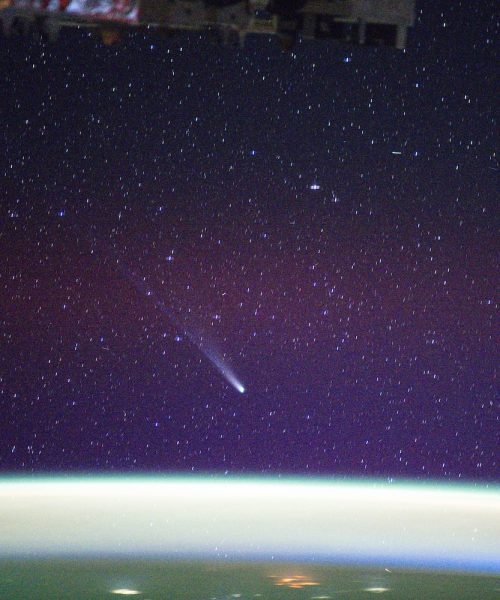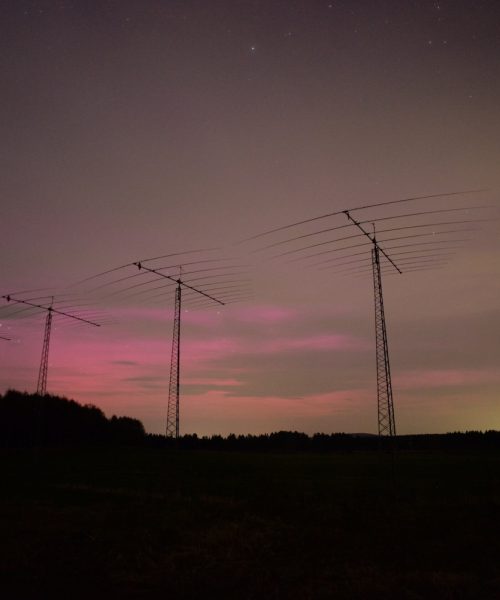Voyager 1 is one of humanity’s most poignant and remarkable technological achievements. Over the course of its nearly half century odyssey, the probe has glimpsed the gas giant Saturn, passed the threshold for interstellar space, and continually sets the bar for our furthest traveling human-made object. But based on NASA’s projections, Voyager 1 is less than a year away from reaching yet another milestone. On November 15, 2026, the spacecraft will officially be one light-day from Earth.
Astronomers frequently measure distances across the universe in light-years given the incomprehensible size of the cosmos. As far as physicists can tell, nothing moves faster than the speed of light in a vacuum, which travels at 186,000 miles per second. This adds up to about 5.88 trillion miles every Julian calendar year (365.25 days). For reference, the closest star to our sun, Proxima Centauri, is 4.2 light-years away. This means that it would still take a little over four whole years of traveling at lightspeed to reach the red dwarf—not that you would necessarily survive such an experience
While Voyager 1 doesn’t travel anywhere near the speed of light, it’s still moving at an impressive clip. The spacecraft has coasted at around 11 miles per second for decades, adding another 3.5 AU (the distance between the Earth and sun) to its total mileage every single year. This also means radio communications to-and-from NASA mission engineers continually take longer to complete. For example, it took weeks to sort through Voyager 1’s technical difficulties last year since each command relay required a little over 23 hours to travel the billions of miles at lightspeed from Voyager 1 to NASA and vice versa.
In little less than a year, Voyager 1 will finally be 16.1 billion miles from Earth, equivalent to the same distance light travels in 24 hours. If all goes as planned, NASA will still be communicating with the spacecraft at the time of celebration. However, mission engineers know the light-days are numbered.Even if it doesn’t experience any more technical issues, Voyager 1’s three radioisotope thermoelectric generators will finally run out of juice sometime in the 2030s.






